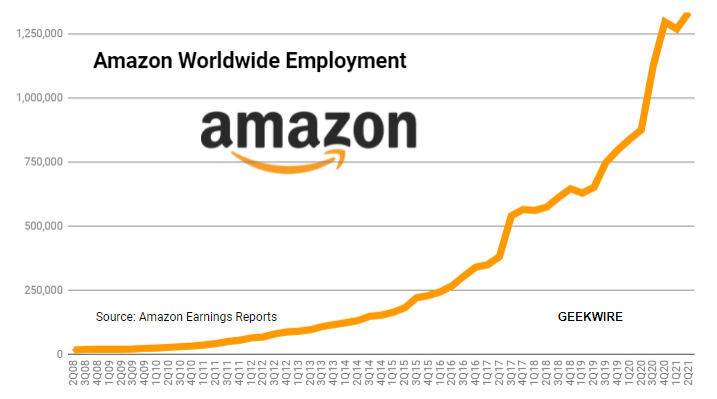Amazon believes there is a need to raise wages and incentivize it to fill some of its vacancies, resulting in higher costs on its fulfillment network.
“We are certainly seeing increased demand for labor,” said Brian Olsavsky, Amazon’s chief financial officer, on a conference call with reporters. “So far we have had good recruitment successes with our fairly competitive salary and benefits package. So let’s watch it carefully. But it’s probably one of the bigger elements of inflation in our business right now. “
Later, on a conference call with analysts and investors, Olsavsky cited the problem in answering the question about compliance costs.
“We spend a lot of money on signings and incentives, and while we have a very good workforce, it is not without a cost,” he said.
“It’s a very competitive job market out there,” he added, saying that “wage pressures” are “certainly the biggest contributor to inflationary pressures” in the entire Amazon business.
According to its earnings report on Thursday afternoon, Amazon added 64,000 employees in the June quarter, a new high of 1.335 million full- and part-time employees worldwide.
The company, which offers a $ 15 an hour minimum wage nationwide, has rapidly expanded its fulfillment and delivery network, doubling its size in the past 18 months, Olsavsky said.
The competitive labor market is one reason Amazon moved the schedule of its annual wage increases to May instead of waiting until October, he said.
A New York Times research published in June described problems with Amazon’s HR systems to keep pace with the company’s growth, as well as a management strategy to encourage turnover and limit the upward mobility of hourly warehouse workers.
